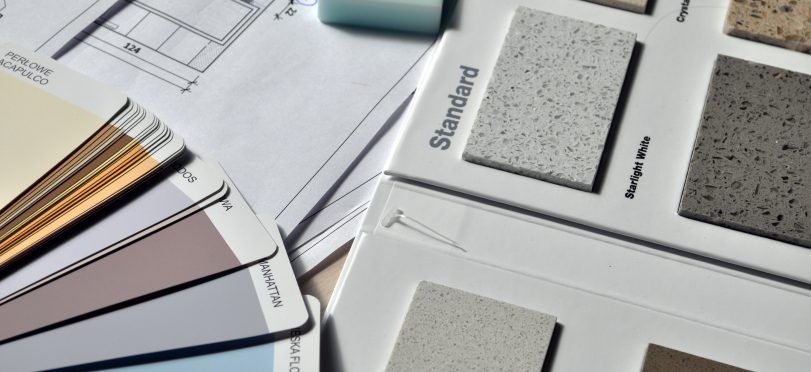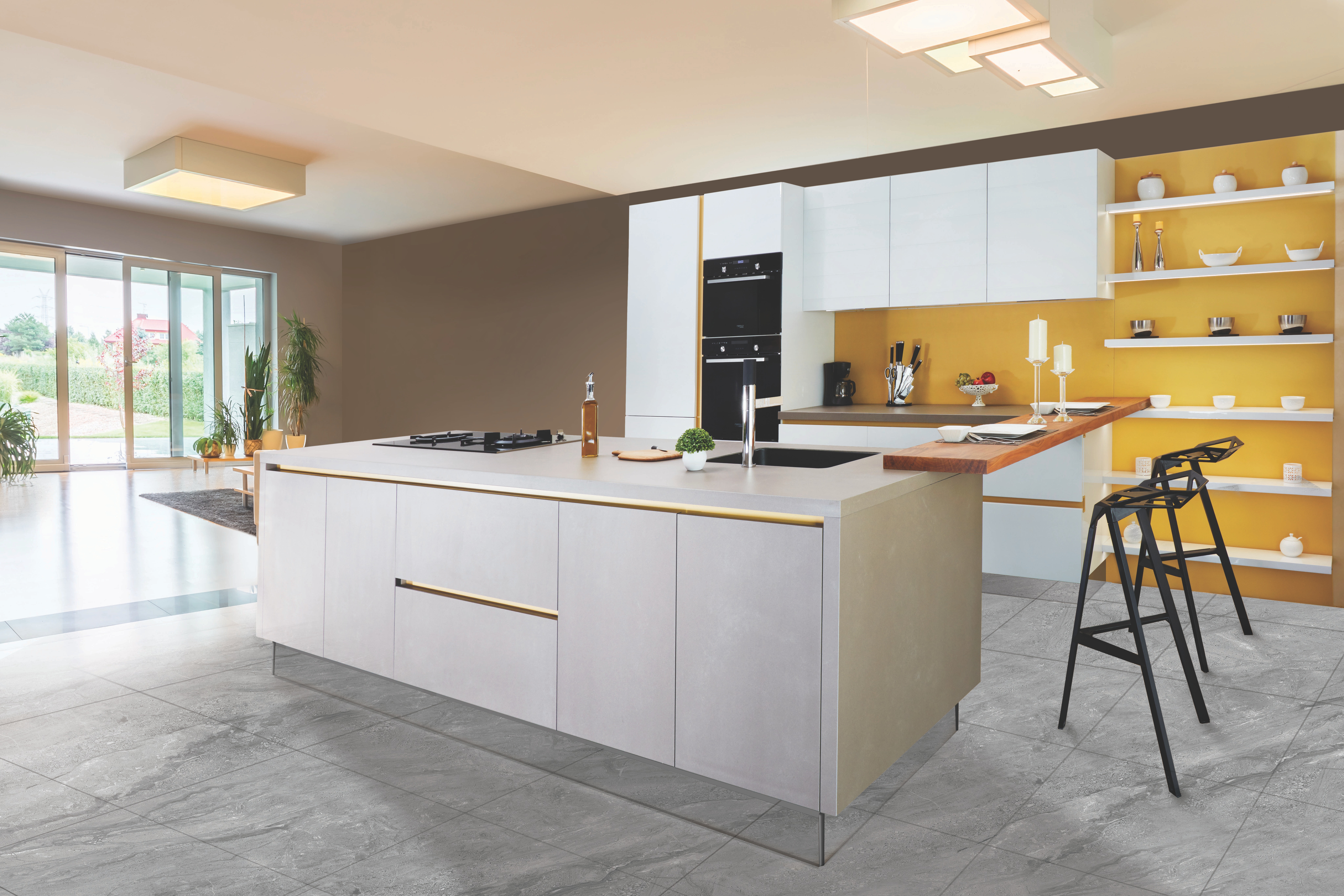How to Choose the Right Tile for Your Project

There is a tremendously vast selection of products to sift through when tile shopping; it can indeed be difficult to know how to start. Whether selecting tile for a commercial or residential tiling job, you want to be confident you’re choosing the best material suited for the space.
Undoubtedly, combining tile functions can be disastrous, so it’s worthwhile to make an educated decision. Tile is a stylish but classic material for any area of the home or workplace, doesn’t require toxic chemicals to maintain, and can endure a great deal of foot traffic. It’s also relatively affordable. Furthermore, the diverse colour and texture combinations are endless.
Without a doubt, not every tile is suitable for every space. While a client may chiefly focus on appearance and colour, it’s important to select tile based on durability. Primarily, you should understand what a PEI rating is and if required, be able to communicate effectively with clients if you’re helping them choose.
To help narrow your choices, the following types of tile work best in certain applications.
CERAMIC
Ceramic is popular and durable; white subway tile is a safe choice in most kitchens and bathrooms. Wood ceramic tile offers the look of hardwood without the high maintenance. Its also durable, scratch, and moisture resistant, making it ideal for bath areas, like shower floor tile. Ceramic can also have a slip resistant coating applied, as with porcelain.
PORCELAIN
More durable than ceramic and suitable for commercial spaces with heavy traffic, porcelain tile is strong, moisture resistant, and versatile. They have higher than average hardness and moisture resistance due to advanced technologies and are also ideal for kitchen floors and bathrooms.
STONE
Luxurious and naturally beautiful, stone tile offers incredible durability and style. Marble, granite, and travertine can really showcase a room; each project will be truly unique. Slate tile has a naturally slip-resistant texture as well. Stone should be sealed to maintain durability and resistance to stains; unsealed stone can eventually disintegrate. Stone tile also requires resealing every 5-10 years.
GLASS
Glass tile is perfect for inserting patterns into backsplashes or bathroom walls. It provides a beautiful shine and translucence to a room. Penny tile rounds are also trendy, providing extra traction when installed in the bathroom floor or shower.
CONCRETE
Concrete tile is extremely hard so not ideal for a lot of standing. However, if you desire a modern, upscale feel, it is a highly versatile material that can be used in any room of the house: kitchen, bathroom, or living area. Compared to other types of tile, concrete’s biggest advantage is that it can be custom made for any application. Thus, your design options are virtually endless. Concrete tile can be affordable and cheaper than natural stone tile and lasts a long time.
Fundamentals to consider when choosing tile:
DURABILITY
PEI stands for Porcelain Enamel Institute and as such, all glazed floor tiles are classified under a PEI rating for suitability of installation in a specified location. PEI ratings range from 1-5: 1 indicates no foot traffic and 5 indicated heavy to extra-heavy traffic. Therefore, it’s important to seek out the PEI rating with appropriate hardness and durability.
Moh is the scale of hardness ranging from 1 (talc) to 10 (diamond). For instance, porcelain tile often has a rating of 7, 8, or 9, while other less scratch resistant non-porcelain tiles are rated at 5 or 6. Therefore, wall tile can be a lower grade since it won’t be taking on a lot of weight like floor tile.

 LOCATION
LOCATION
Choosing tile for a particular area significantly narrows down options. Stone, ceramic and porcelain are common for floor tile, while glass is popular for bathroom walls and kitchen backsplashes. Ceramic is also an ideal choice for areas that experience moisture. Since stone is porous, it can be adapted for high-moisture environments by applying a sealer.
Neutral colours work best for outdoor tile as they won’t highlight dirt. The bathroom or kitchen require water-resistant tile. Ceramic and porcelain are ideal for flooring with significant use.
SCALE (ROOM AND TILE)
Most tile are available in a wide array of sizes, so you should have no issues finding tile to scale for any project. Large tiles can make a small room appear larger and small tiles can make a tiny room seem too small, so choose accordingly.
COLOURS, TEXTURE & STYLE
Colour-wise, neutrals are normally a safe bet as opposed to trends that come and go. Tiling is fairly permanent, so you want a design that lasts. Don’t rule out natural stone tile, since it comes in classic patterns and pairs beautifully with pretty much anything.
If you want a more playful or cheerful statement, opt for vibrant coloured tile. Dark colours can add drama but a shrink a room. Lighter hues open up small spaces and can really brighten a room.
As for textures, matte tiles are less slippery compared to smooth, shiny models. Patterned tile can create vitality in a dull room.
GROUT
Grout comes in various colours and can truly change a design. For that reason, keep grout colour in mind when selecting tile. If you want the grout to stand out, a contrasting colour can make individual tiles pop and create a cool effect.
INSTALLATION
Some tile is more challenging to install than other types and may require the extra step of being sealed during installation. Consult a tile expert about tile installation specifics.
MAINTENANCE
Most homeowners don’t want to spend all their time on cleaning and maintenance, so keep that in mind when choosing tile. Ceramic and porcelain are easiest to clean but may require sealing. Natural stone tile typically must be sealed and can collect a significant amount of dirt and grime, thus requiring extra scrubbing. Glass tile is prone to water spots.
POROSITY
Additionally, tiles have a Porosity Classification: Impervious, Vitreous, Semi-Vitreous, and Non-Vitreous. Impervious is recommended for kitchens and bathrooms while at the other end, non-vitreous is not suggested for floors period. If you’re doing an install in a moisture-prone area, pay very close attention to porosity rating.
SLIP-RESISTANCE
Tile should be slip-resistant in a bathroom where water can create a dangerously slippery surface. Ceramic and porcelain can be coated for increased slip-resistance. Check for tile’s ‘Coefficient of Friction’ (COF) for safety.
Surely you don’t want to choose tile based on appearance alone. A tile project may look stylish, but if it’s the wrong type, it could result in expensive mold problems. Think about where the tile is to be placed, how it will be used, and if it will experience high foot traffic. To reiterate, purpose, placement, and aesthetics; then, once your tile project is installed, you can be sure it’s the right tile for both beauty and endurance.
Drop into one of our City Tile locations and chat with our tile experts. Our helpful staff can steer you to the right tile for your upcoming tile venture.